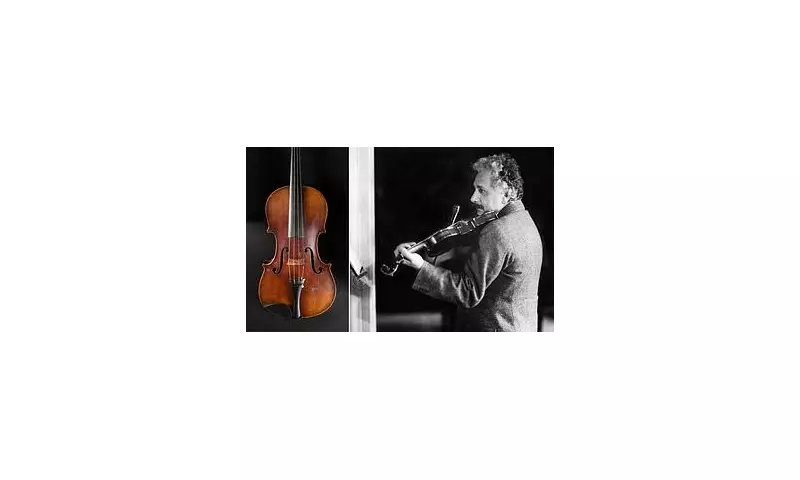
The cherished violin once owned by Albert Einstein, the revolutionary physicist who reshaped our understanding of the universe, has sold for an astonishing £1,016,000 at auction.
This remarkable instrument carries a profound historical significance, having been deliberately hidden by Einstein from the Nazis during one of history's darkest periods. The physicist, who was of Jewish heritage, safeguarded the violin as he fled Germany amid the rising tide of fascism.
The Bidding War That Shook the Auction World
What began as a routine auction quickly transformed into an intense battle between determined collectors. The starting price of £100,000 was swiftly surpassed as multiple bidders recognised the instrument's unique combination of musical heritage and historical importance.
The final hammer price of £850,000, plus buyer's premium, reflects not just the value of the instrument itself, but the extraordinary story it represents - a tangible connection to one of history's greatest minds during his most challenging years.
A Genius and His Musical Passion
Einstein, who developed the theory of relativity and won the Nobel Prize in Physics, was known to be an accomplished violinist. He often stated that music helped him think through complex scientific problems, describing his process of "composing in the language of physics while hearing the music of the spheres."
The violin became his constant companion during his exile from Germany, eventually travelling with him to the United States where he continued both his scientific work and musical pursuits.
Preserving History Through Extraordinary Objects
This sale highlights the growing market for historically significant artifacts connected to iconic figures. The violin's journey from Nazi Germany to the auction block represents more than just musical history - it's a testament to resilience, creativity, and the enduring power of human achievement even in the face of adversity.
The anonymous buyer has acquired not merely an instrument, but a piece of living history that continues to inspire generations of scientists, musicians, and historians alike.





